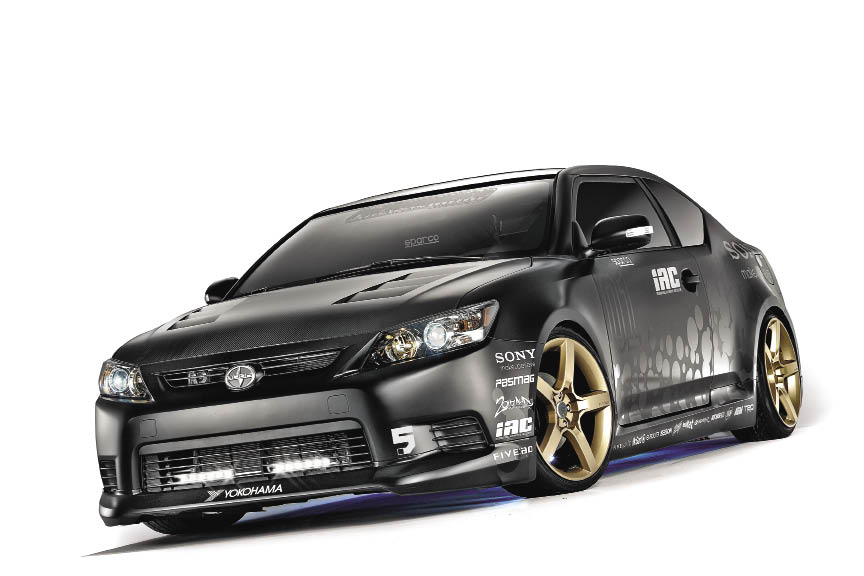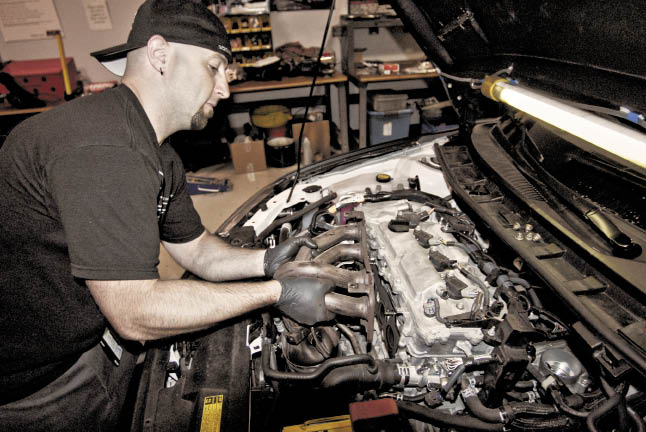The Scion tC is arguably one of the most popular tuner cars around. It is affordable, customizable, and well-supported by major tuners and aftermarket companies. The second generation Scion tC is what we’re going to focus on here, the PASMAG project tC2 to be exact, and we have installed Descendant Racing’s 2011 Scion tC Turbo Kit, a turn-key out of the box turbocharger kit that includes everything you need to take your tC2 to the next level. Now if you don’t know who Descendant Racing is then you haven’t been in the Scion game for too long. Descendant Racing are the  same guys behind the fastest Scions in the world in both drag racing and time attack. When it comes to Scion performance, nobody has proven themselves quite like Descendant Racing.
same guys behind the fastest Scions in the world in both drag racing and time attack. When it comes to Scion performance, nobody has proven themselves quite like Descendant Racing.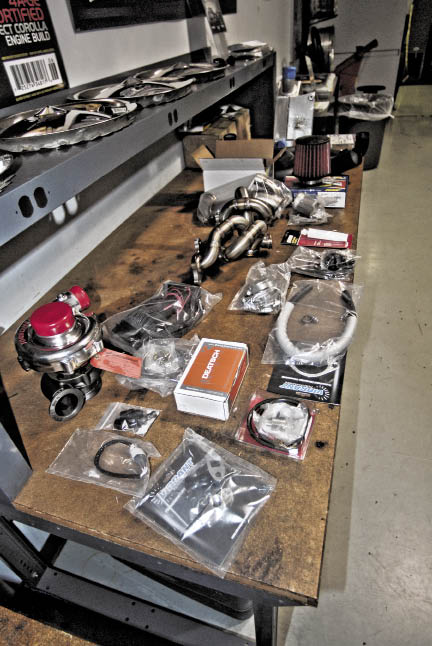
We may not be building a world record-holding race car, but let’s get to the meat of the matter by discussing the turbo kit we went with for our own tC2 project. The Descendant Racing Bolt On & Go kit features a Turbonetics turbocharger, Tial wastegate, AEM fuel and ignition controller, and even new 750cc Deatsch Werks fuel injectors to compliment the host of Descendant Racing pieces that make the entire kit work.
As far as turbo kits go, this one is easy to install, but due to the fact that improper installation can result in engine failure, we always recommend you have your turbo kit installed by a professional. Should you wish to take this on yourself however, here are some tips:
First, make sure you have the proper tools and a safe way to get your car off the ground to work underneath it. When installing the Descendant Racing turbo kit, take the time to install everything properly and without mistakes. It’s often the case that taking your time is actually quicker than rushing and having to go back and fix mistakes afterwards.
Step one is to disconnect the negative terminal on the battery to discharge any electrical parts and avoid accidental shorting of electrical components. Next, start on the top side of the engine bay with the removal of the factory components. Keeping all removed bolts and small pieces in labeled Ziploc baggies is a great way to stay organized. Start by removing the heat shield covering the exhaust manifold. Next, loosen any of the exhaust manifold bolts that are easy to get to from the top side of the engine bay. Finally, disconnect the wiring that leads to the O2 sensor inside the exhaust manifold.
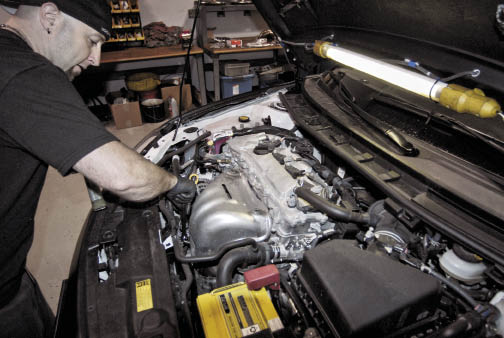 |
 |
 |
 |
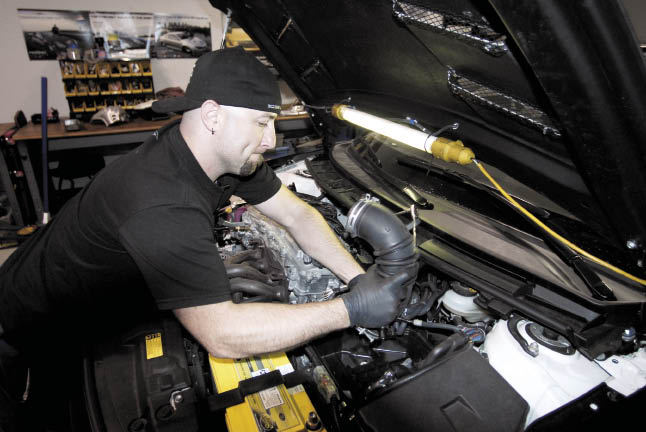 |
Next, remove the factory air box assembly. First disconnect the mass air flow sensor wiring harness from the sensor and proceed by loosening the hose clamps and clips that hold the top section of the air box in place. Remove the top section of the air box and air filter. Loosen the remaining hose clamps and remove the factory air intake tube, and then remove the bolts securing the lower half of the air box to the car. Finish by removing the front portion of the factory intake tube that snakes down into the front bumper area.
Moving back to the top side of the engine bay, check to make sure that nothing is left connected to the exhaust manifold assembly and remove the remaining loose bolts holding on the exhaust manifold. Gently remove the factory exhaust manifold assembly from the car and set aside.
Now, it’s time to get the car up into the air so we can transition to working on the bottom side of the engine bay. A hydraulic lift is preferred, but if you don’t have access to one make sure you place the car on jack stands before getting underneath the car. From underneath the engine bay, start by removing the bolts connecting the exhaust to the exhaust manifold. Next, remove the bolts that hold the exhaust manifold to the engine block, but leave some of the top ones loosely on to make sure the assembly stays in place until we are ready to remove it. Finally, drain the engine oil by removing the drain plug in the oil pan.


